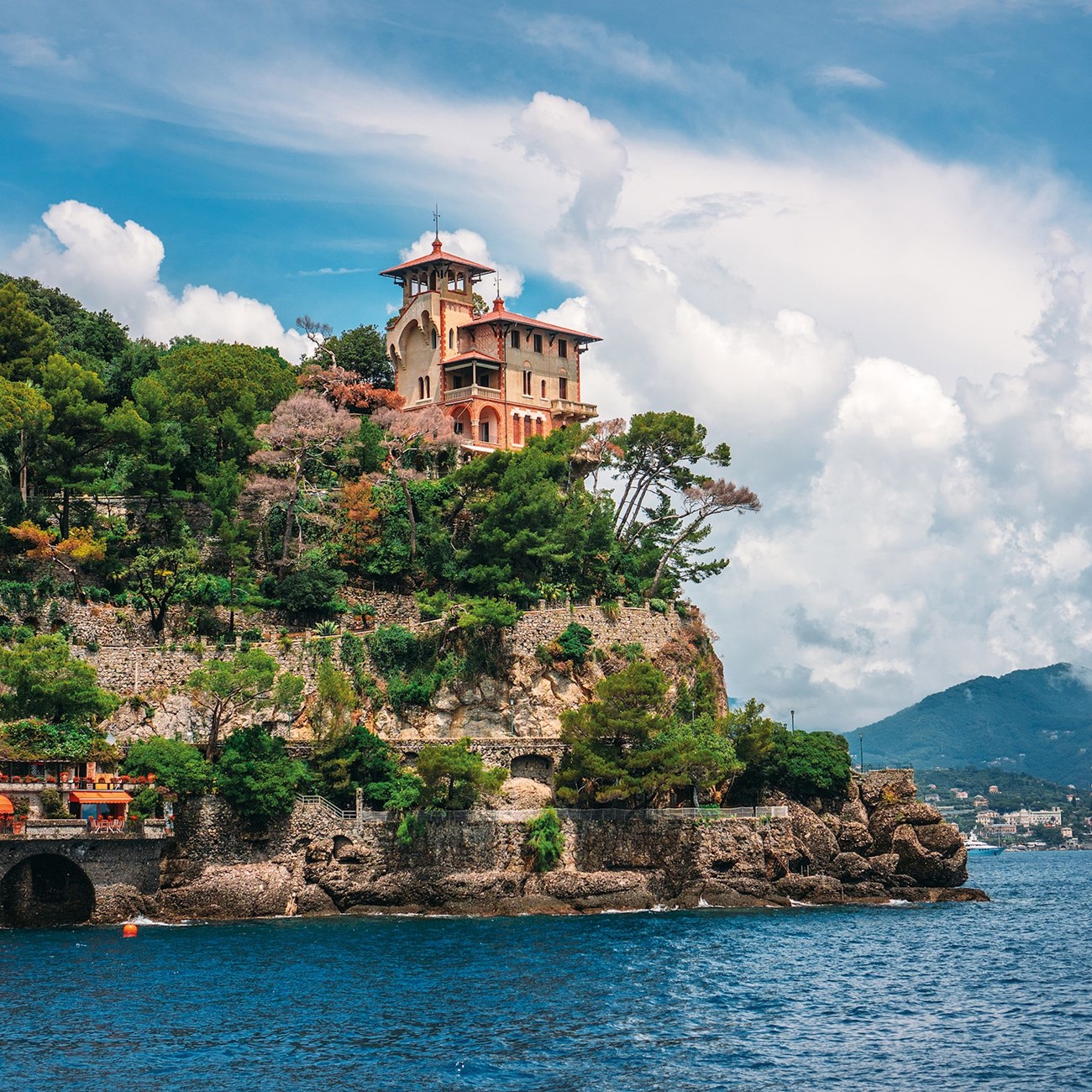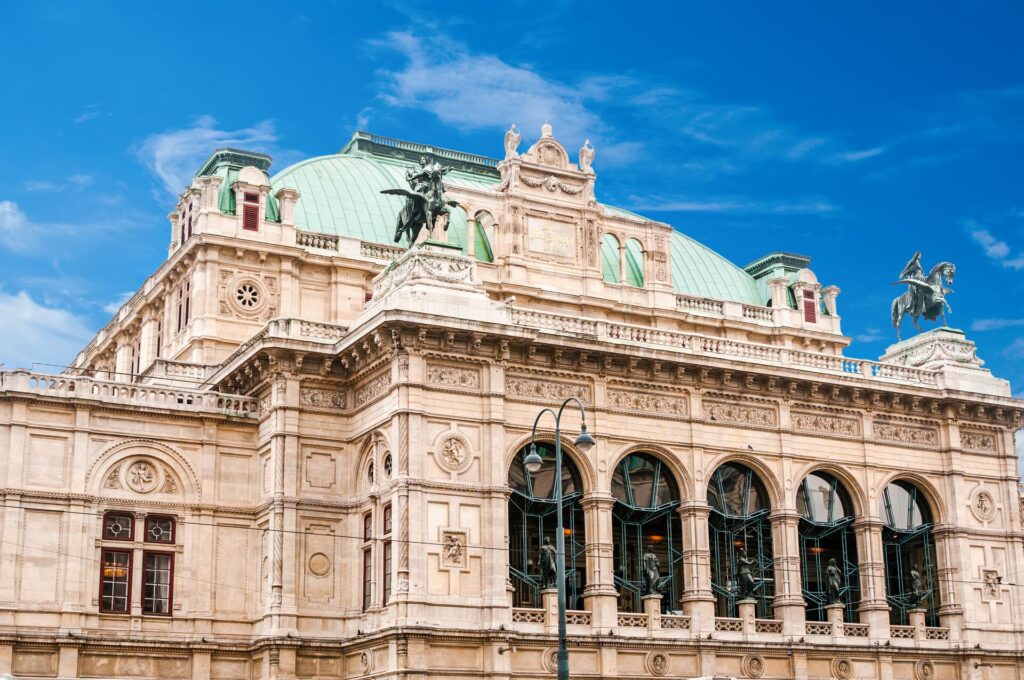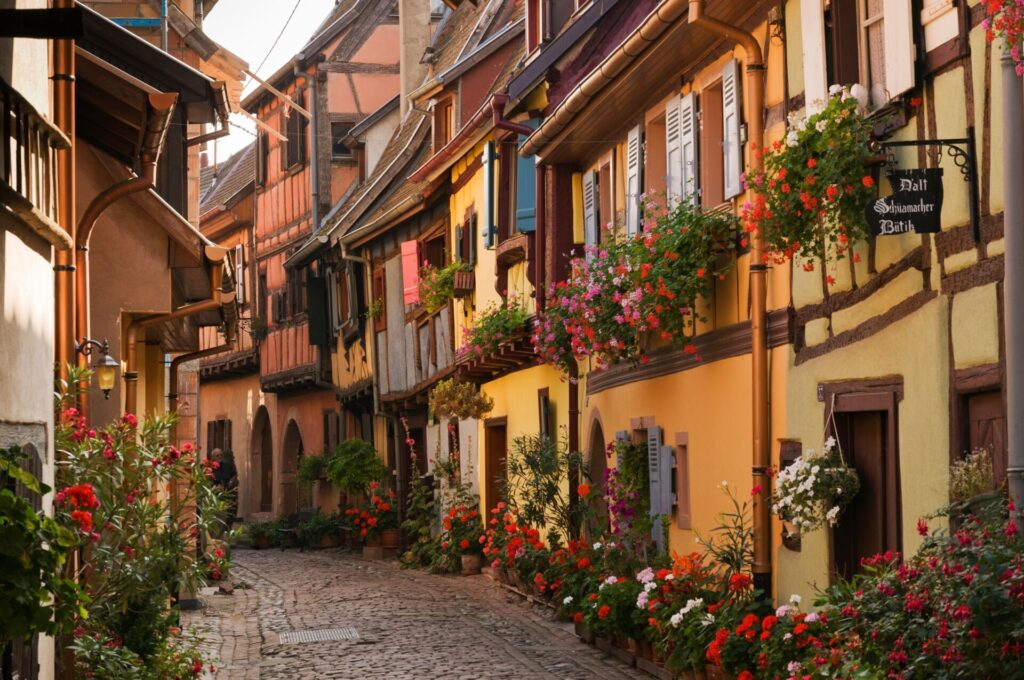Inside the Kitchens of Cinque Terre – Italy’s Secret Foodie Haven
If you’re not be familiar with Italy’s northwestern region of Liguria, you’ve no doubt heard of its most famous sight: Cinque Terre, made up of five historic seaside villages known for their picturesque, colourful cliffside houses. There’s also a good chance you’ve heard of some of its food superstars: focaccia bread – steeped in olive oil, studded with sprigs of rosemary. Or pesto alla Genovese, pungent with fresh basil (that grows here in great glowing green fields). Maybe you’ve eaten ravioli, unaware of its origins – this green strip, sandwiched between mountain and sea.
But while there’s a handful of Ligurian dishes that have found fame and fortune beyond the borders of their native region, there are countless more that have remained rooted among Liguria’s one-horse towns, lush valleys and wooded hills: farinata; corzetti; castagnaccio. Here, ancient recipes persevere like the hardiest of perennials, making inventive and delicious use of the humblest of ingredients. The question is: why, when Liguria is one of Italy’s most bountiful food regions is it one of its most underrated?
Local Expert Fulvia, known in these parts as ‘The Queen of Cinque Terre’ is the perfect person to answer this question – and give us a personal insights into the heart of Liguria cuisine.

1. The beginnings of Ligurian cuisine
To understand the makeup of Liguria cuisine, you first have to understand the geography of the region. Liguria is a very narrow stretch of coastline, overshadowed by steep mountains, giving it some incredible landscapes and views – but also meaning that it was, historically, very remote and isolated. “Our cuisine is very basic in comparison to other dishes that you can find in other places in Italy, because we didn’t have many ingredients,” says Fulvia.

Cinque Terre consists of five towns, once small fishing villages: Riomaggiore, Manarola, Corniglia, Vernazza, and Monterosso al Mare.
While elsewhere in Italy, olive oil prices are currently a hot topic, in Liguria butter has traditionally been the luxurious choice – olive oil was what was to hand. “Imagine that – even the few desserts that we prepare, we use extra virgin olive oil, because Liguria has plenty of olive trees,” Fulvia tells me. You’ll be familiar with most famous bread from the region, focaccia, which is doused in plenty of extra virgin olive oil.
“We have veggies, we have fish, we have some poultry, and we have some pasta. But only nowadays do we make pasta like everybody else,” says Fulvia. In the past, especially in isolated areas like as well Cinque Terre, Liguria cuisine utilized chestnut flour. Because of the area’s mountainous landscape there are no fields, so that meant no local barley, corn or wheat.
“Lots of people think that maybe in the past, we could use donkeys to bring things here, but we had nothing to feed with the donkeys and so very few things arrived here along the coastline,” says Fulvia. “Again, that’s why our cuisine is really very basic.”
2. How does Ligurian cuisine compare to the rest of Italy?
“There’s no comparison in Italy. Every single region has got its personality,” says Fulvia. Despite many regions’ close proximity, their cuisine, language and landscapes vary greatly – in particular, the latter greatly influences the former.
Take Liguria and Tuscany as an example. “Despite the fact that the two regions border, we talk about two completely different worlds,” says Fulvia. Unlike Tuscany, Liguria is not flat – Liguria has sheer cliffs, while the much flatter Tuscany has its famed gentle rolling hills.
Tuscany is known for its red wine, but Liguria produces white wine (Pigato and Vermentino are the most popular grapes). Both the regions produce extra virgin olive oil, but Liguria’s is delicate, transparent and fruity, made from the Taggiasca olive variety, whereas oil from Tuscany is powerful and spicy, and not transparent. Fulvia iterates that even if regions are nearby, that doesn’t mean they share the same cuisine, and so Liguria is completely unique.
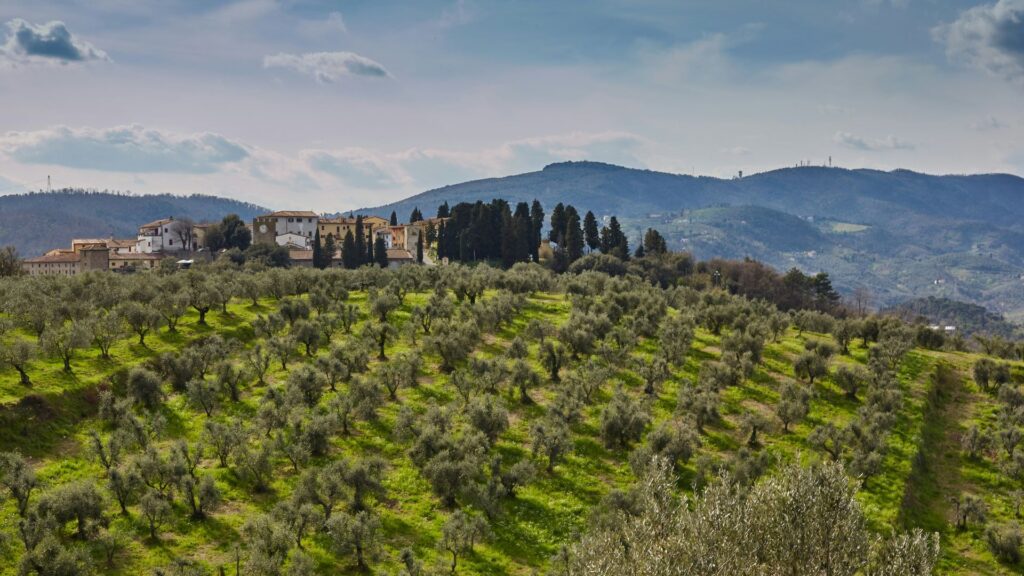
3. Famous dishes from Liguria
We’d bet it’s hard to find anyone who hasn’t heard of pesto, but it’s less likely you’ll know it was first created in Liguria – its full name being pesto alla Genovese, after its hometown, Genoa, Liguria’s capital city.
“Pesto sauce is made out of basil, garlic, extra virgin olive oil, parmesan cow cheese, pecorino sheep cheese and pine nuts, all mixed together in a mortar with a pestle,” says Fulvia. Outside of Italy, pine nuts can feel like a luxurious ingredient, but again, Liguria is filled with umbrella pine trees.
Local ingredients are at the heart of Liguria cuisine. “Our basil has got a very small leaf, and is always facing the sea. Sea spray arrives, and so our basil has got a unique taste.” You’ll find the DOP stamp of Genoese basil, which stands for Denominazione di Origine Protetta (Protected Designation of Origin).
Save up to $3,000* per couple on your first Premium Tour
Plus receive latest offers, travel inspiration, and discover how your travels will make a positive impact. Together, WE MAKE TRAVEL MATTER®. Subscribe NowThat delicate extra virgin olive oil that Fulvia mentioned before is crucial, because the stronger, more peppery olive oil of somewhere like Tuscany would cover the delicate flavors of the basil. “That’s why you have to eat a dish in the place where it was invented,” says Fulvia. “Because the ingredients come from the land, so they are different. If I use another kind of basil or another kind of oil, it’s not going to have the same taste.”
Another typical dish of this area is farinata. “It’s like a crepe made with chickpea flour, water, extra virgin olive oil and salt mixed together,” explains Fulvia. “Very simple, but very tasty.”
Farinata is said to have originated as far back as 1284 when victorious Genoese ships were returning victorious from the Battle of Meloria against Pisa. They encountered a terrible storm that, although the ships survived, caused chickpea flour and olive oil to mix together on board. The mixture was dried in the sun and eaten by hungry sailors – though it was only when it was baked in a wood-fired oven that it became one of the most beloved dishes in Ligurian cuisine.
“My favorite local foods are the simple ones,” she says.
“We don’t produce many desserts because we didn’t have butter or flour,” says Fulvia. But one sweet treat from Liguria is pandolce Genovese, a kind of flat panettone with raisins. With all those vineyards, raisins are easily to hand, and the dessert also features pine nuts.
Another typical dessert is castagnaccio, made with chestnut flour – not only used for pasta – along with pine nuts, raisins and extra virgin olive oil, baked in the oven. While the ingredients sound similar to the pandolce, pandolce is more of a bread and castagnaccio is more of a cake. Nowadays, Fulvia explains: “it’s nice to have Castagnaccio with some fresh ricotta cheese on top. But in the past, Castagnaccio was still very, very appreciated.”

The name ‘pesto’ comes from the Italian verb pestare which means ‘to crush’ or ‘to grind’.
4. Pastas of Liguria
It’s not just the historic use of chestnut flour that makes Ligurian pasta different – the region has its own unique shapes. Some people say linguine al pesto or trenette al pesto,” says Fulvia. “No – the typical pasta is the trofie.”
Trofie (trofia, singular) is a short, twisted pasta that is only produced in Liguria, traditionally served with pesto. It was first made in the 19th century, believed to have been created by housewives who used the leftover dough from making other pasta shapes.
“Corzetti is another typical pasta, specially produced in this side of Liguria di Levante between Genoa and La Spezia,” says Fulvia.
Corzetti is a flat pasta that looks similar to a wafer. Historically, wooden stamps were used to print different emblems onto the pasta before cooking. “In the past, richer families used to print the coat of arms of the family on this pasta,” Fulvia explains. “Now we are poor, we print the symbol of the Republic of Genoa,” she jokes.

5. Ligurian cuisine beyond the land
“We live on the sea – don’t forget that,” says Fulvia. “Especially here in La Spezia, we have mussel beds and mussel farming.” The mussels of La Spezia (or “muscoli” as they are called by locals) are famous across Italy.
Fulvia tells me the tradition began back in 1900 when some people from Taranto, South Italy arrived in La Spezia to work inside the naval base. “They understood that the Gulf of La Spezia was ideal to grow mussels, because Taranto is very famous for the mussels,” Fulvia says. Mussels are used throughout Liguria cuisine, whether that’s steamed, cooked in a red or white wine, or with parsley and lemon. “Spaghetti frutti di mare is another typical dish we have here that I love very much.”
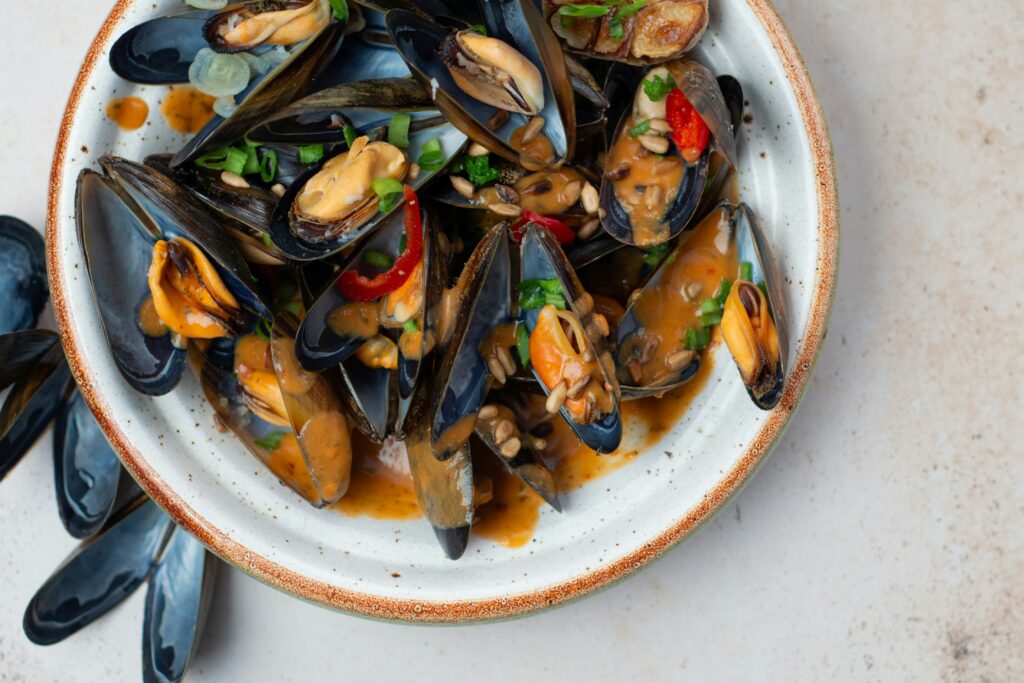
When on tour, Fulvia recalls that one of the things that surprises guests the most is the mussel beds. “Not many people know how mussels grow,” she says. “When they see all those poles and buoys into the water, and realise we need 13 months to grow mussels – most of them have never seen a mussel bed!”
Meet Fulvia on our Italian Elegance, Country Roads of Italy, and Treasures of Italy tours, and explore Cinque Terre with the queen!

LIKED THIS POST? SHARE WITH YOUR COMMUNITY
